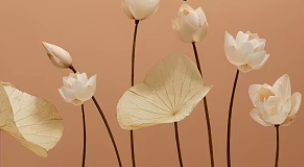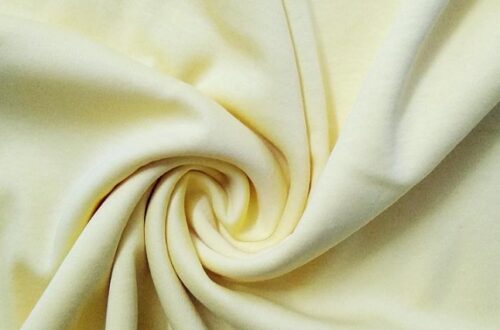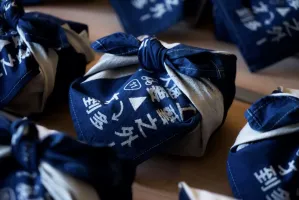Is paisley considered boho?
-
June 24, 2025
-
By: Rose Woman Scarf
-
41
Table of Contents
Paisley, with its intricate teardrop-shaped motif, has long been a staple in fashion and design. But is paisley considered boho? The answer is a resounding yes. This iconic pattern has not only withstood the test of time but has also become synonymous with bohemian style. In this article, we will explore the rich history of paisley, its bohemian connections, and how it continues to influence contemporary fashion and design.
The Origins of Paisley
The paisley pattern, known as “boteh” in Persian, traces its roots back to ancient Persia. It symbolizes life and eternity, often representing a floral spray combined with a cypress tree. The motif spread across the Silk Road, eventually reaching Kashmir, where it became a prominent feature in shawls. These luxurious Kashmir shawls were exported to Europe in the late 17th century, becoming a symbol of wealth and sophistication.

The Scottish Connection
The pattern gained its name from the Scottish town of Paisley, which became a hub for producing these shawls in the 19th century. The invention of the Jacquard loom allowed for faster and more affordable production, making the paisley pattern accessible to a broader audience. As a result, the pattern became less of a luxury item but maintained its popularity across various social classes.
British artists of the late 19th Century were great admirers of the pattern, including William Holman Hunt, who painted his paisley-adorned wife Fanny.

Paisley and the Bohemian Movement
Paisley’s association with bohemian style began in the 19th century when it became a favorite among artists and intellectuals who embraced non-conformity and artistic freedom. The pattern’s exotic origins and intricate designs resonated with the bohemian ethos of embracing diverse cultures and artistic expressions.
The 1960s Revival
The 1960s marked a significant resurgence of paisley, fueled by the counterculture movement. The Beatles, in their Eastern-influenced phase, popularized the pattern, with John Lennon even painting his Rolls-Royce with paisley designs. The pattern became emblematic of the “Summer of Love” and the psychedelic era, embodying the free-spirited and rebellious nature of the time.

Paisley in Contemporary Fashion
Today, paisley continues to be a beloved motif in fashion, often featured in bohemian-inspired collections. Designers like Etro and Liberty of London have embraced paisley as a signature element, creating vibrant and eclectic pieces that appeal to modern sensibilities.
Versatility in Design
Paisley’s versatility allows it to be incorporated into various styles, from relaxed bohemian looks to more formal settings. Its adaptability makes it a favorite among designers and consumers alike, ensuring its place in fashion and interior design.
Why Paisley Remains Popular
The enduring appeal of paisley lies in its rich symbolism and ability to evolve with changing fashion trends. Its intricate designs offer a sense of exoticism and luxury, while its historical roots provide a connection to diverse cultures and artistic expressions.
A Symbol of Individuality
Paisley’s intricate patterns and vibrant colors make it a perfect choice for those seeking to express their individuality. Its association with artistic and cultural movements adds depth to its appeal, making it a timeless symbol of creativity and self-expression.
Conclusion
Is paisley considered boho? Absolutely. Its rich history, cultural significance, and enduring appeal have cemented its place as a staple in bohemian fashion and design. Whether you’re drawn to its exotic origins or its vibrant patterns, paisley offers a unique blend of tradition and modernity that continues to captivate and inspire.









Leave a comment